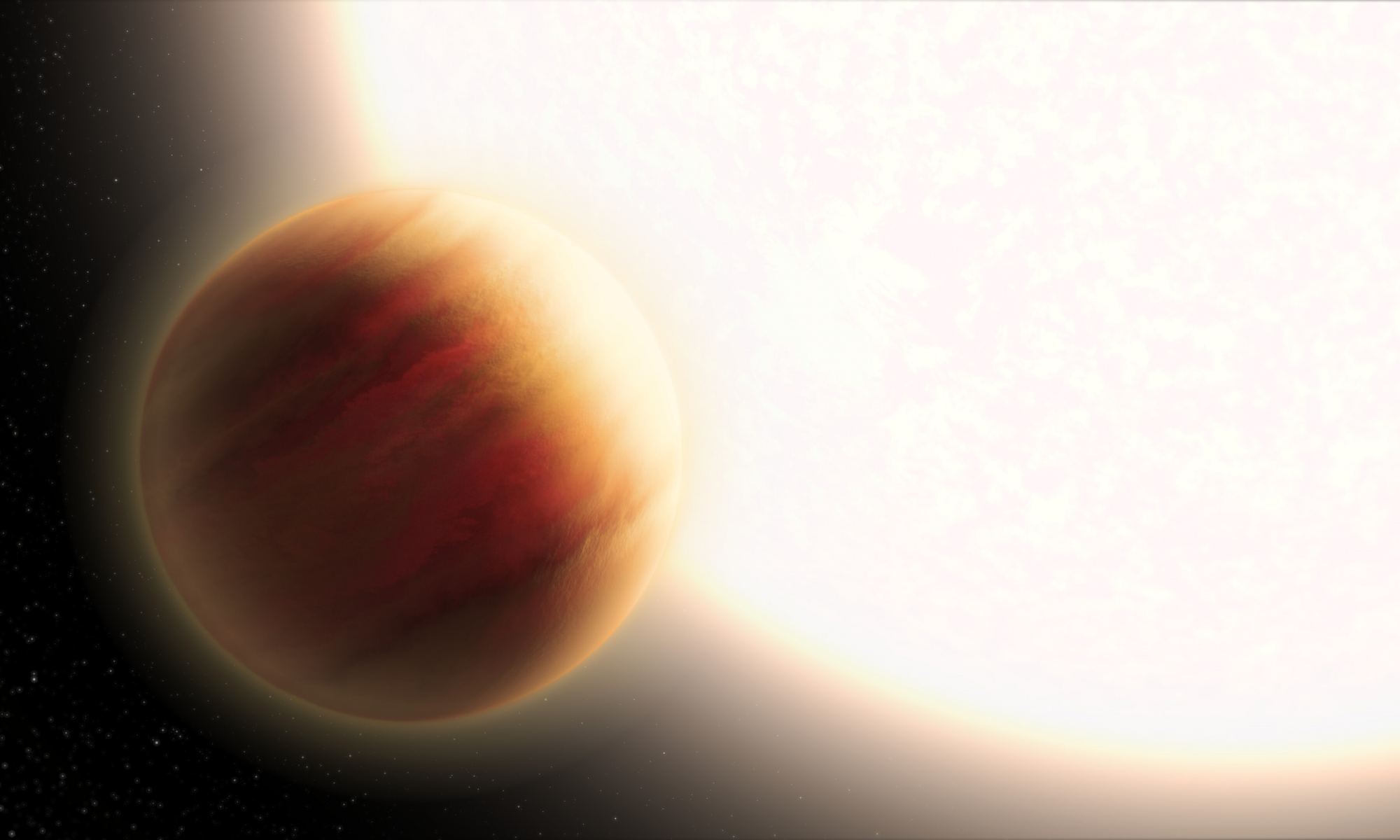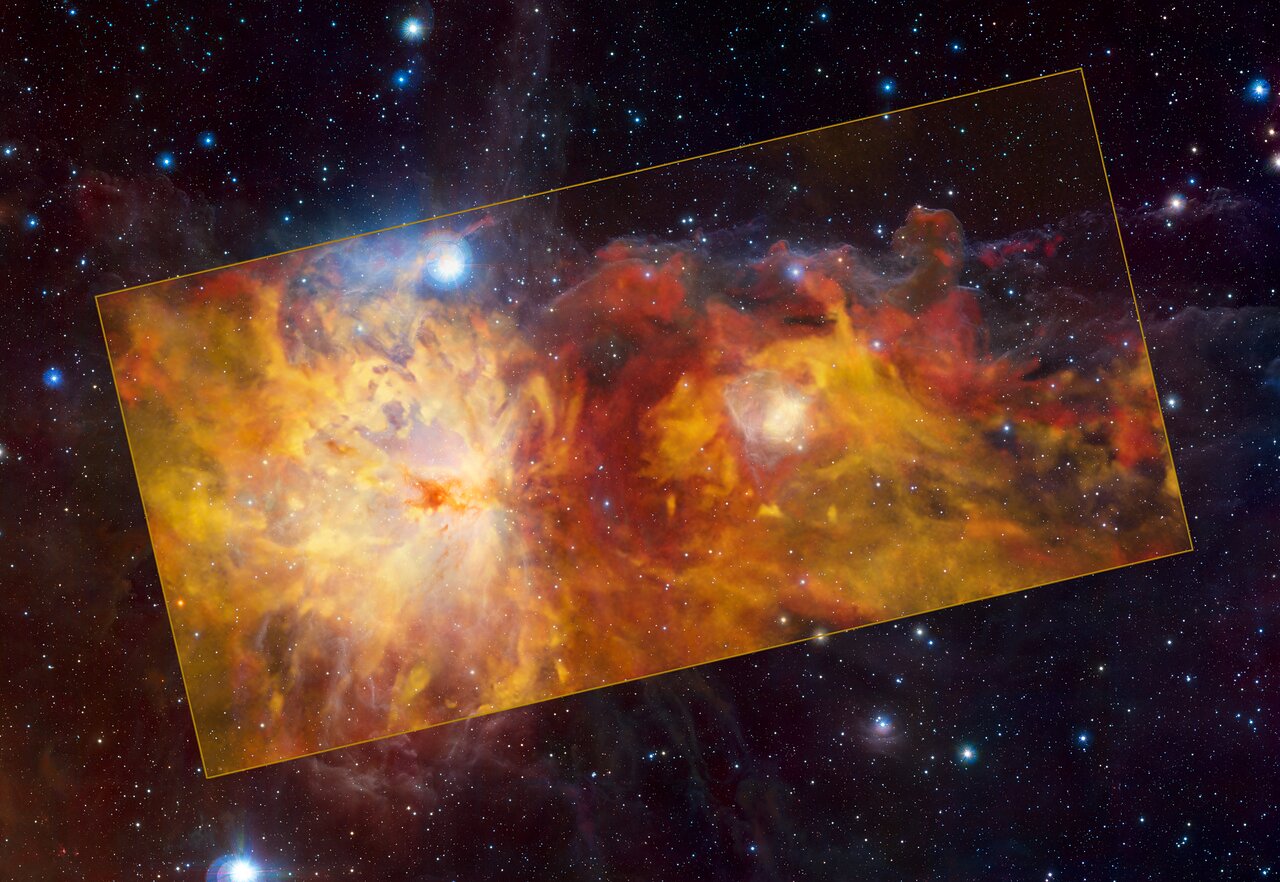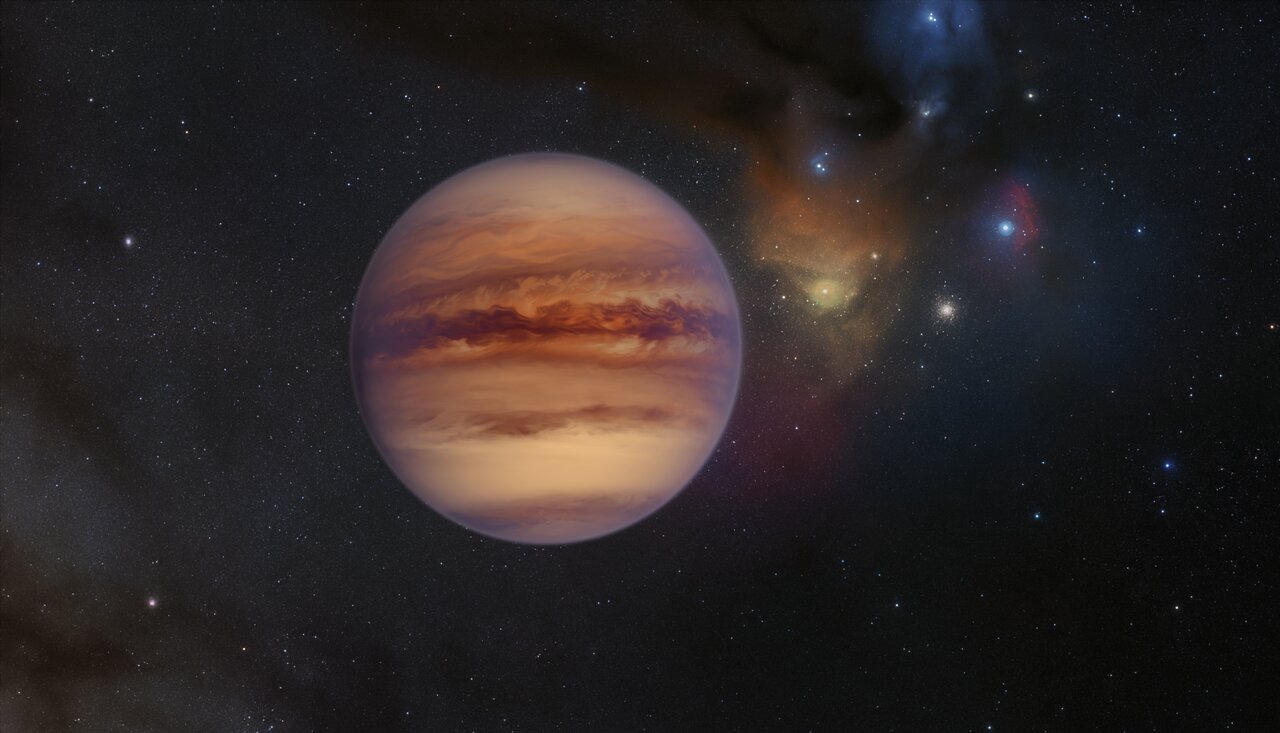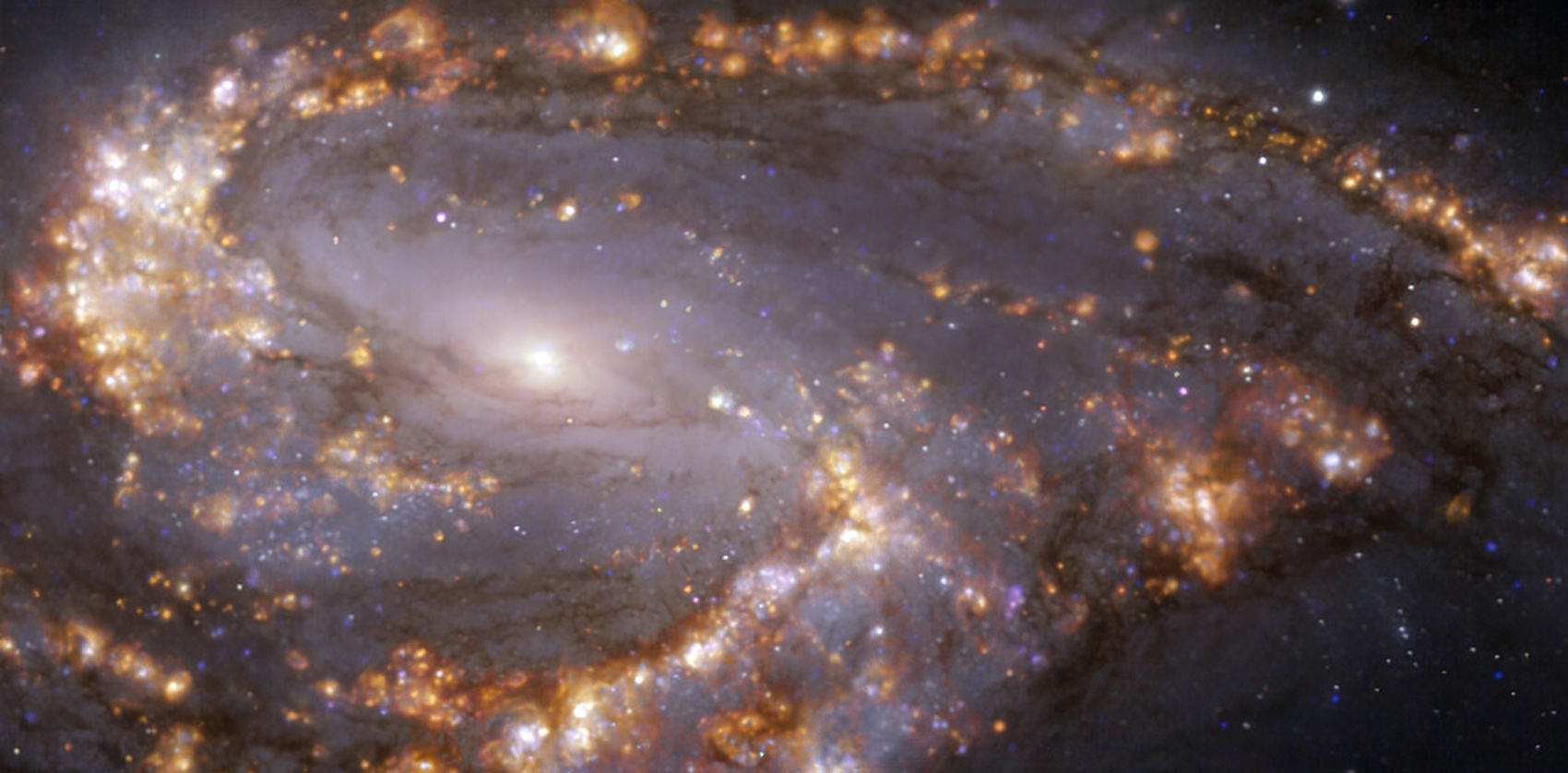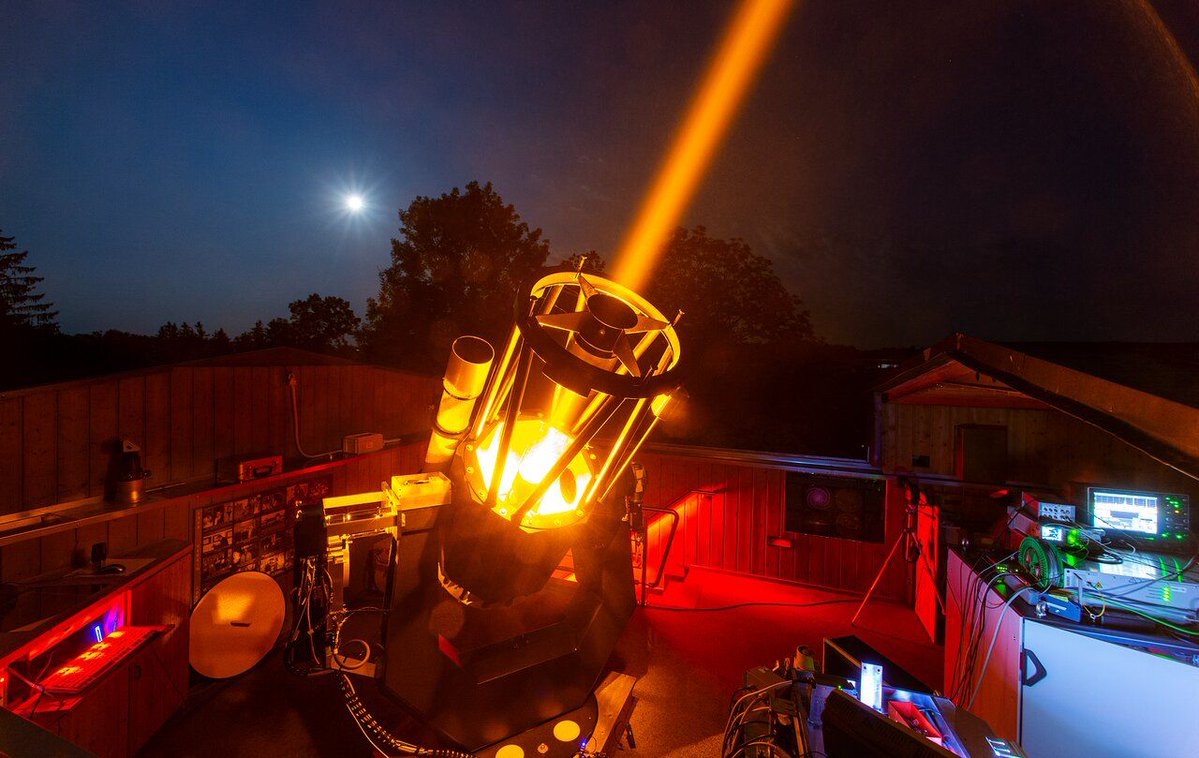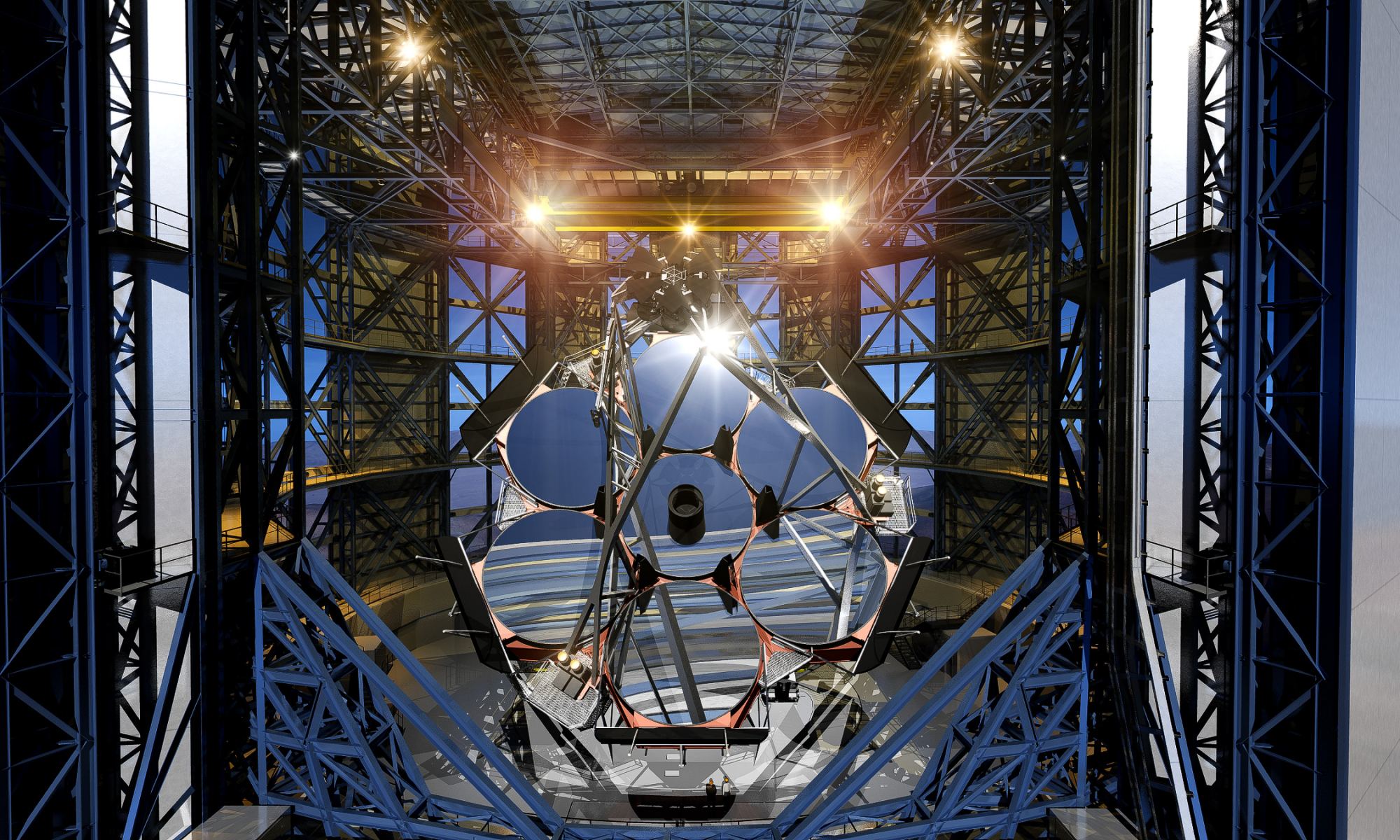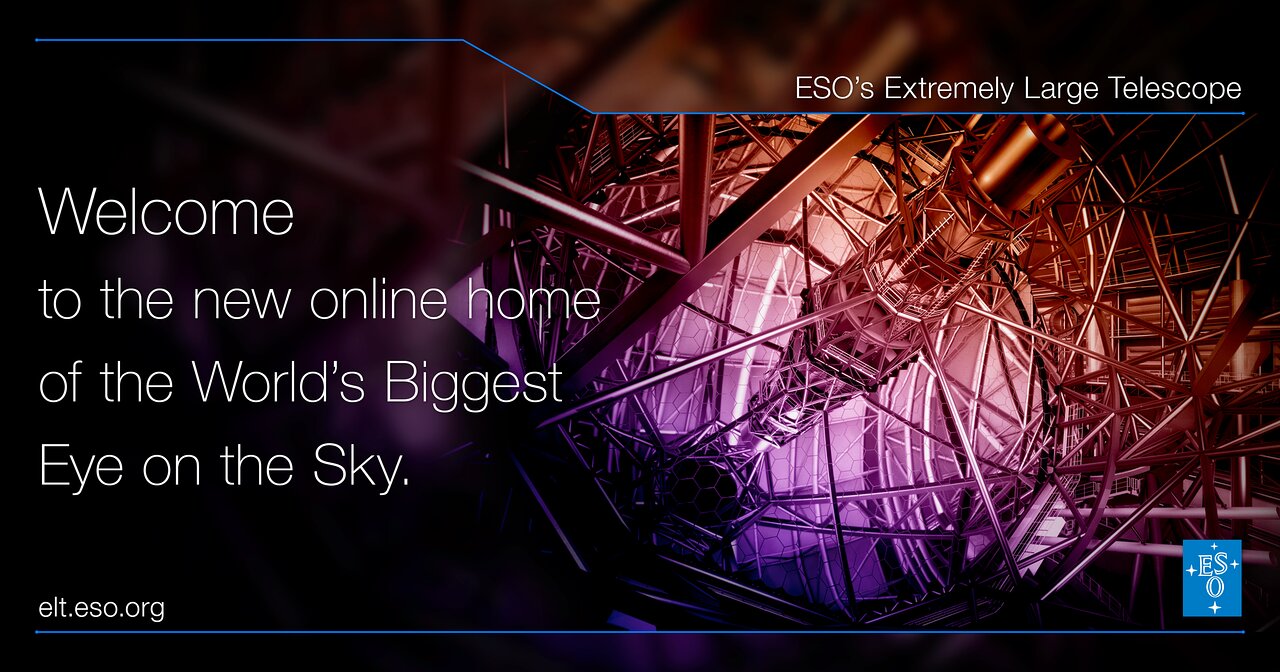The number of planets discovered beyond our Solar System has grown exponentially in the past twenty years, with 4,919 confirmed exoplanets (and another 8,493 awaiting confirmation)! Combined with improved instruments and data analysis, the field of study is entering into an exciting new phase. In short, the focus is shifting from discovery to characterization, where astronomers can place greater constraints on potential habitability.
In particular, the characterization of exoplanet atmospheres will allow astronomers to determine their chemical makeup and whether they have the right characteristics to support life. In a new study led by the University of Lund, an international team of researchers characterized the atmosphere of one of the most extreme exoplanets yet discovered. This included discerning what could be several distinct layers that have particular characteristics.
Continue reading “Astronomers Measure the Layers of an Exoplanet's Atmosphere”
